1. Murano Village – The quintessence of Italian coastal glass
Murano is a small and beautiful island but is famous around the world for its handcrafted glass art (Photo source: Collected)
Located in the clear blue waters of the Venetian lagoon, Murano is a small but beautiful island famous throughout the world for its handcrafted glass art. This is one of the oldest traditional craft villages in Europe, starting from the 13th century. The artisans in Murano do not just create simple utensils, they breathe life into each product, turning glass into works of art that sparkle with light and are rich in emotion.
When you set foot in Murano, you will be enchanted by the colorful small shops displaying chandeliers, vases, and jewelry made from genuine Murano glass. Visitors also have the opportunity to witness the traditional glass blowing process in the workshops, where the fire and the hands of the artisans create magic together. In the heart of the splendid Venice, Murano appears as a living art treasure, marking the passion and perseverance of many generations of artisans.
2. Hallstatt Village – Ancient features in Austria's traditional salt making industry
Hallstatt is also the cradle of one of the traditional craft villages in Europe (Photo source: Collected)
Hallstatt is not only one of the most beautiful villages in Austria but also the cradle of one of the traditional villages in Europe - salt mining and processing. Thousands of years ago, salt in Hallstatt was considered white gold, a source of life and also a precious asset of the people here.
Walking in the middle of Hallstatt, visitors feel like they are lost in an oil painting with a calm lake reflecting the rows of lovely wooden houses nestled at the foot of the mountain. But hidden behind that peaceful appearance is a professional heritage passed down through many generations. The ancient salt mine of Hallstatt is where you can explore deep tunnels, admire the sophisticated manual mining system formed from the Bronze Age. The feeling of sitting on an ancient wooden slide, sliding through the rocky mountain to feel the work of the salt workers of the past is an unforgettable experience for any visitor.
Not only a place of salt production, Hallstatt is also a living proof of the endurance of a traditional craft village in Europe that has overcome the test of time, contributing to forming the identity of the Austrian region.
3. Szentendre Village – The breath of art in every brushstroke of Hungary
Szentendre village appears like a vivid picture (Photo source: Collected)
Only about 20 km from the capital Budapest, Szentendre village appears like a vivid picture, where the colors of painting, ceramics and handicrafts blend to create a symphony of art and culture. Known as the village of painters, Szentendre is one of the rare traditional craft villages in Europe that possesses a wonderful blend of folk art and contemporary creativity.
Strolling along the ancient cobblestone streets, you will come across countless small art workshops where painters, potters, woodcarvers are diligently creating unique works. Blue ceramic bowls, poetic hand-painted paintings and handmade souvenirs all tell the story of an inspiring craft village.
The space in Szentendre invites travelers to calm down, feel the leisurely pace of life, immerse themselves in the riverside galleries, sip a cup of coffee amidst melodious music and artistic colors. This is truly a traditional craft village in Europe with a modern breath while still preserving its rustic, ancient features.
4. Aubusson Village – France's tapestry of time
Aubusson village is famous for its exquisite hand-woven carpets (Photo source: Collected)
Nestled peacefully on the banks of the Creuse River in central France, the village of Aubusson is famous for its exquisite hand-woven carpets. The carpet weaving here has been recognized by UNESCO as an Intangible Cultural Heritage of Humanity, affirming Aubusson's position as a precious gem in the treasure trove of traditional craft villages in Europe.
Since the 15th century, the skilled craftsmen of Aubusson have created enchanting carpets with intricate patterns, rich in artistry and timeless durability. Each carpet is not only a handmade product but also a work of art woven with woolen thread, where the artisan conveys his emotions and soul through each stitch.
Visiting the Cité Internationale de la Tapisserie in Aubusson, you will be immersed in the space of the pinnacle of tapestry art, from classic designs to modern works in collaboration with famous artists. Here, you will not only see the longevity of a traditional craft village in Europe, but also realize the strong vitality of handicraft art in the heart of the new era.
5. Faenza Village – The Soul of Italian Ceramics
Faenza is a symbol of a traditional craft village in Europe famous for its pottery making (Photo source: Collected)
Faenza is a familiar name to those who love European ceramic art. Located in the Emilia-Romagna region of Italy, Faenza is not only a small and beautiful city but also a symbol of a traditional craft village in Europe famous for its pottery making. Since the 16th century, Faenza has been famous for its exquisite white glazed ceramic called "maiolica", which has captivated not only Italians but also European aristocrats.
Faenza’s ceramic workshops are where art and technique meet. Each piece is meticulously shaped, then glazed and hand-painted with traditional motifs inspired by nature, religion and folklore. Strolling around the city, you will come across shops filled with vases, plates and decorative statues in vibrant colours and free-flowing Italian brushwork.
Visiting the Museo Internazionale delle Ceramiche in Faenza is a journey back in time, where visitors can admire more than 60,000 ceramic artifacts from many different cultures. Faenza is not only a place to preserve classical artistic values but also a typical representative of the vitality and constant creativity of traditional craft villages in Europe.
In a world of constant change, where technology and speed dominate every aspect of life, traditional craft villages in Europe still quietly exist as spiritual pillars. They not only preserve traditional skills and production methods but also preserve the cultural, artistic and historical memories of their people.
Source: https://www.vietravel.com/vn/am-thuc-kham-pha/lang-nghe-truyen-thong-o-chau-au-v17308.aspx


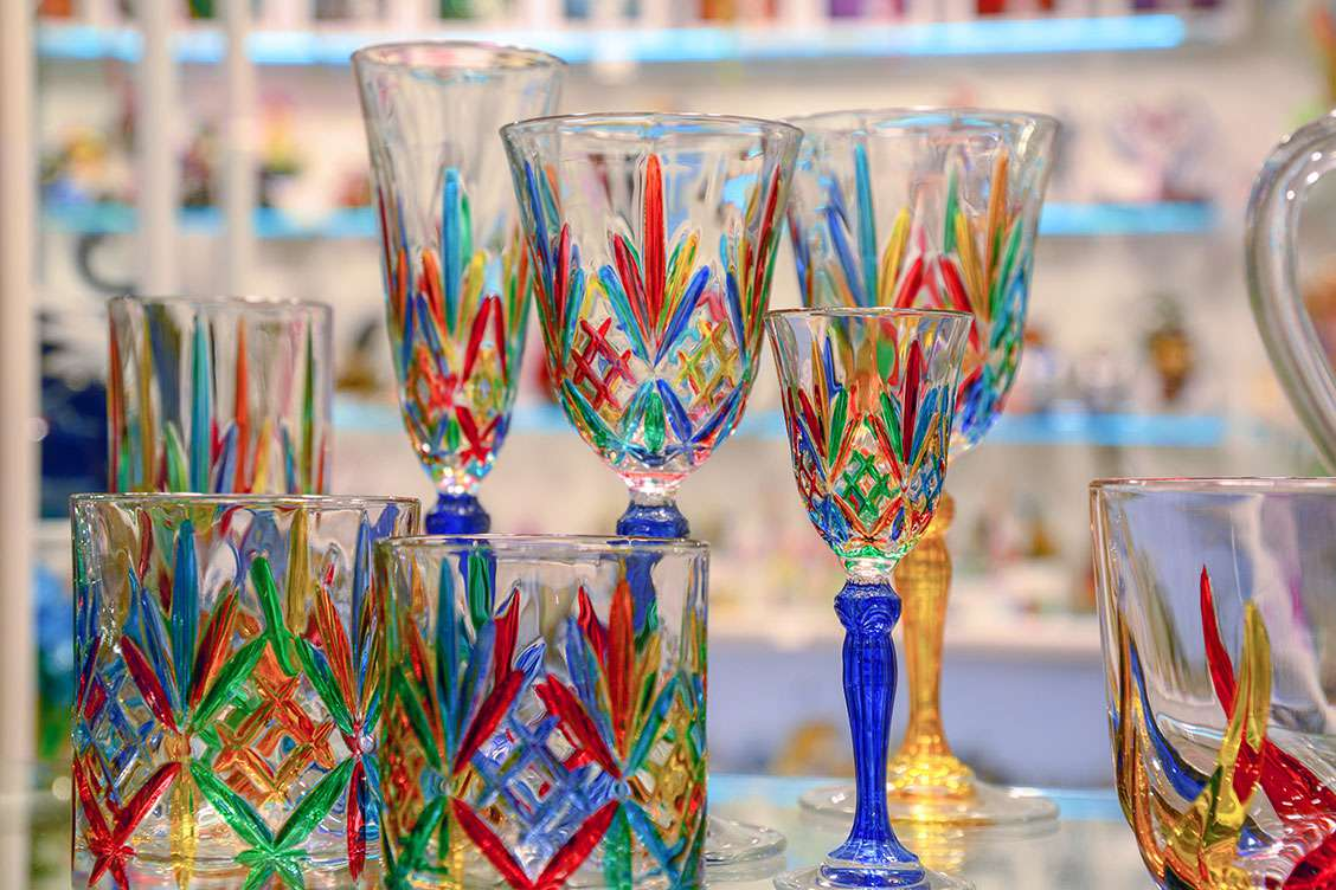
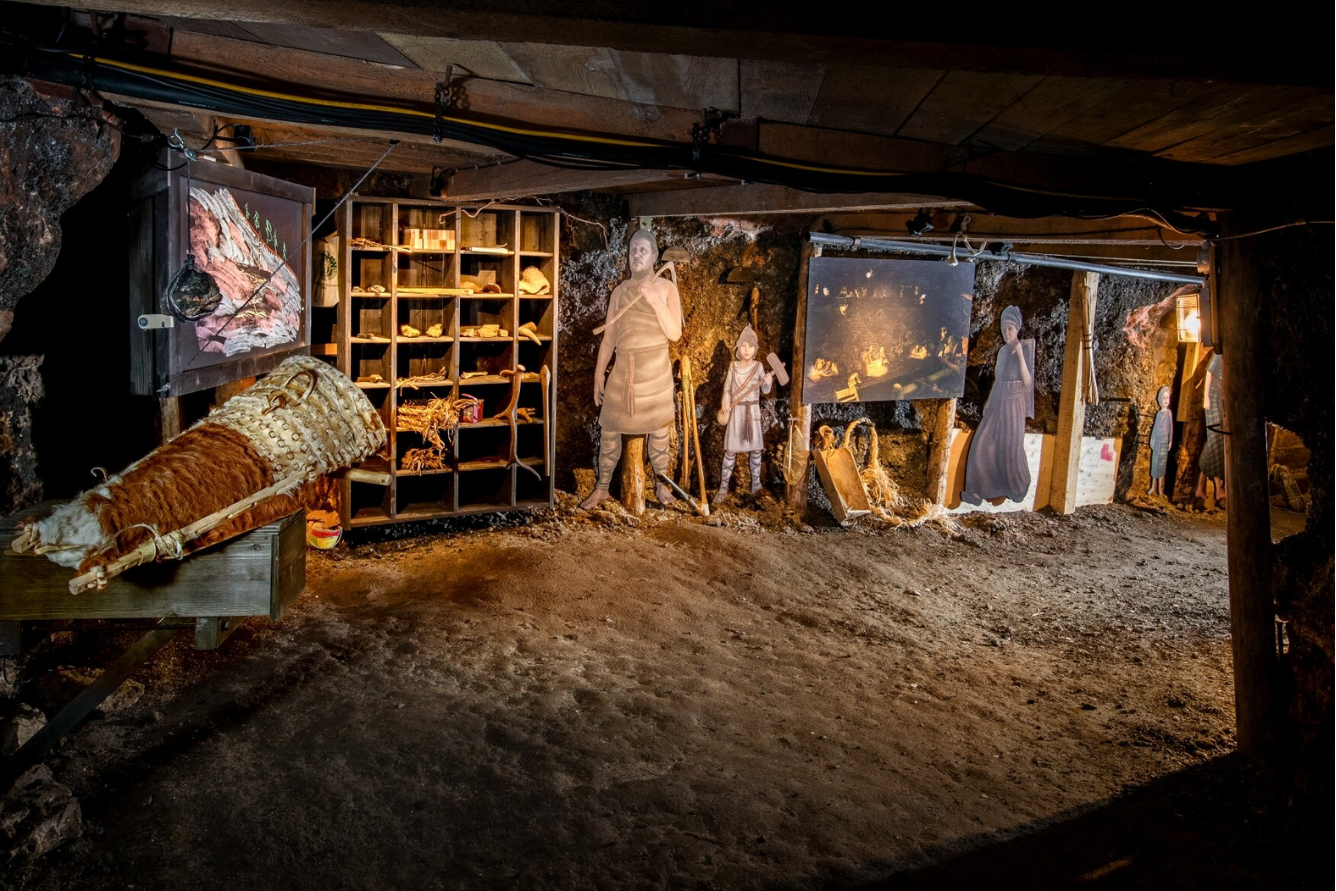
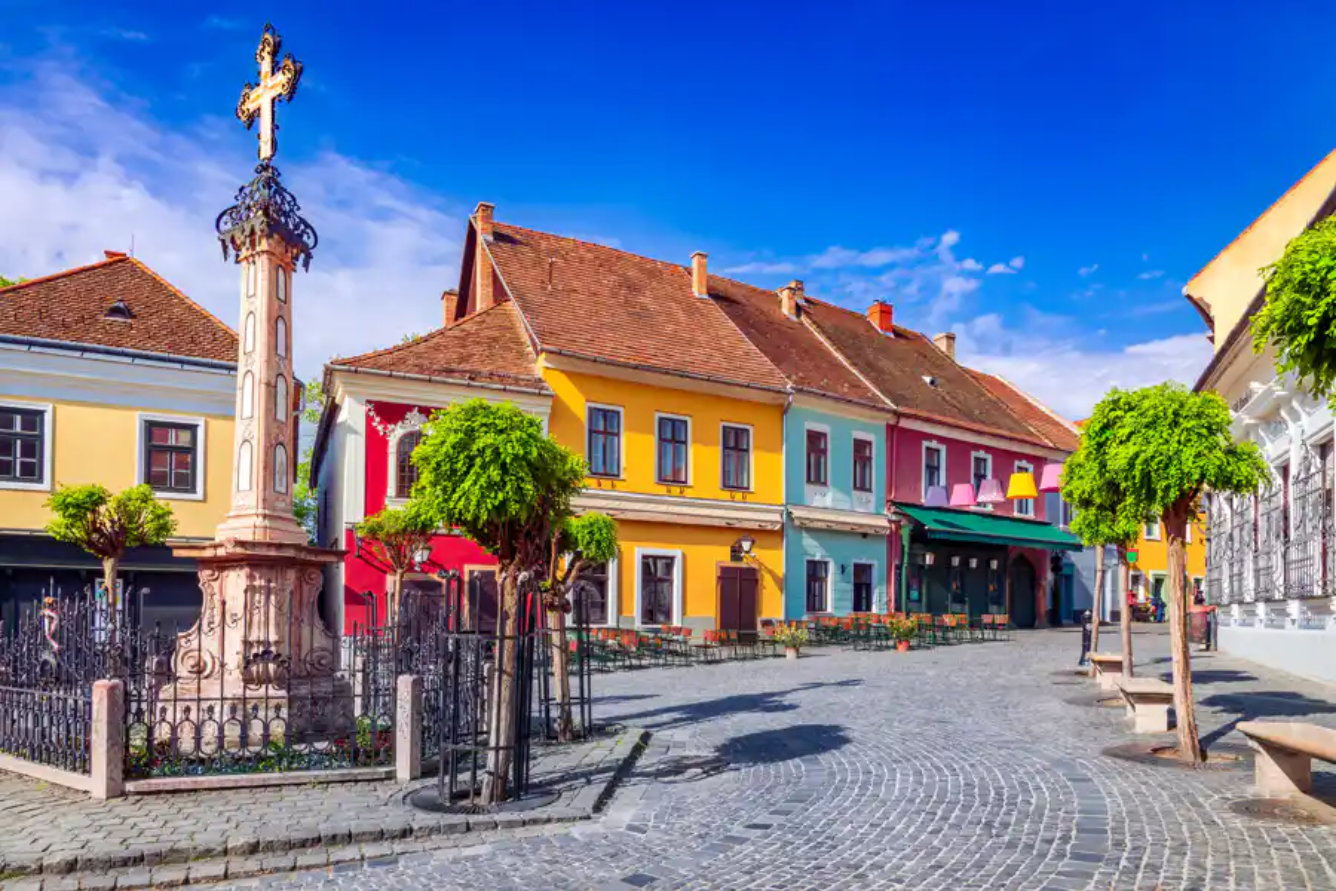
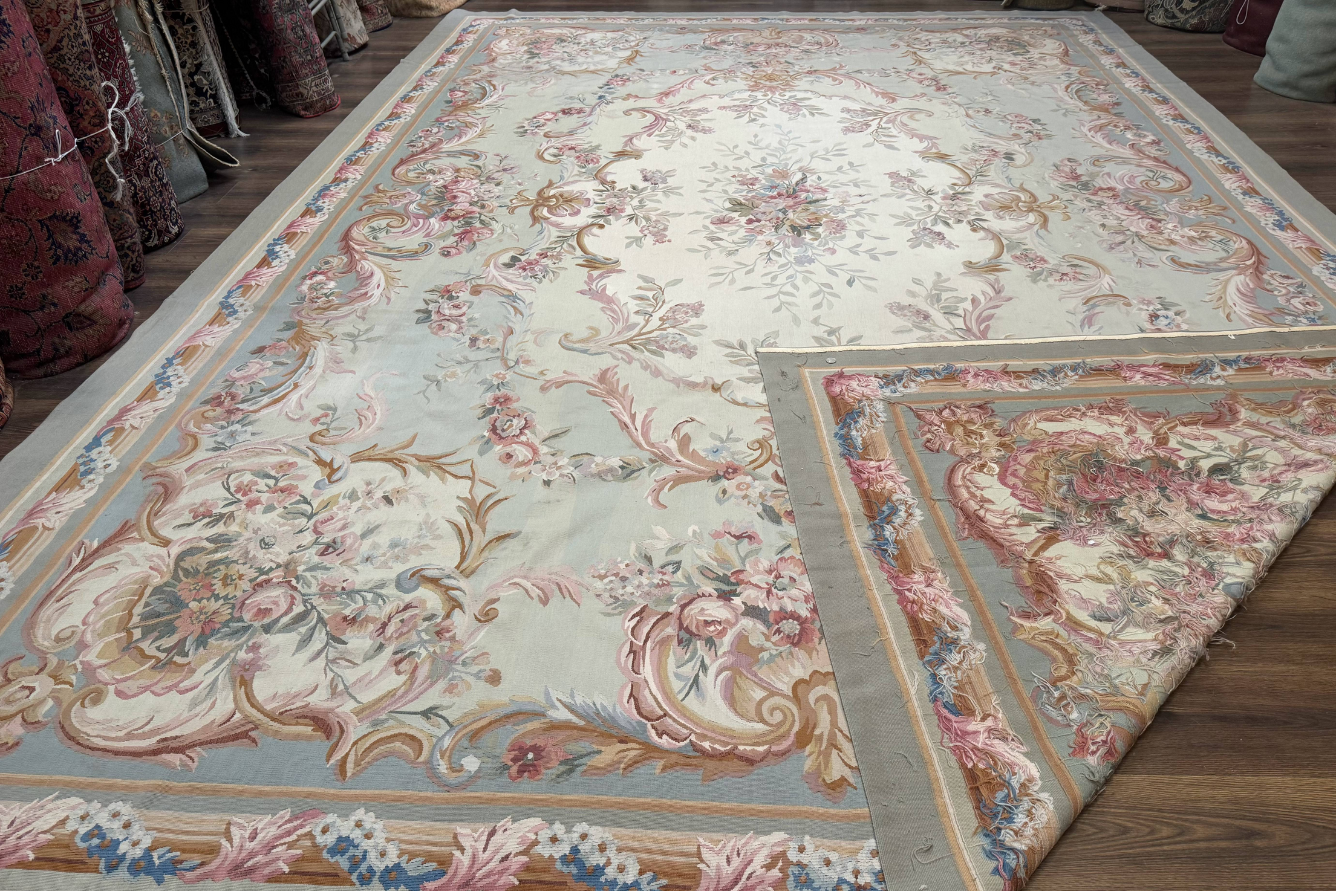
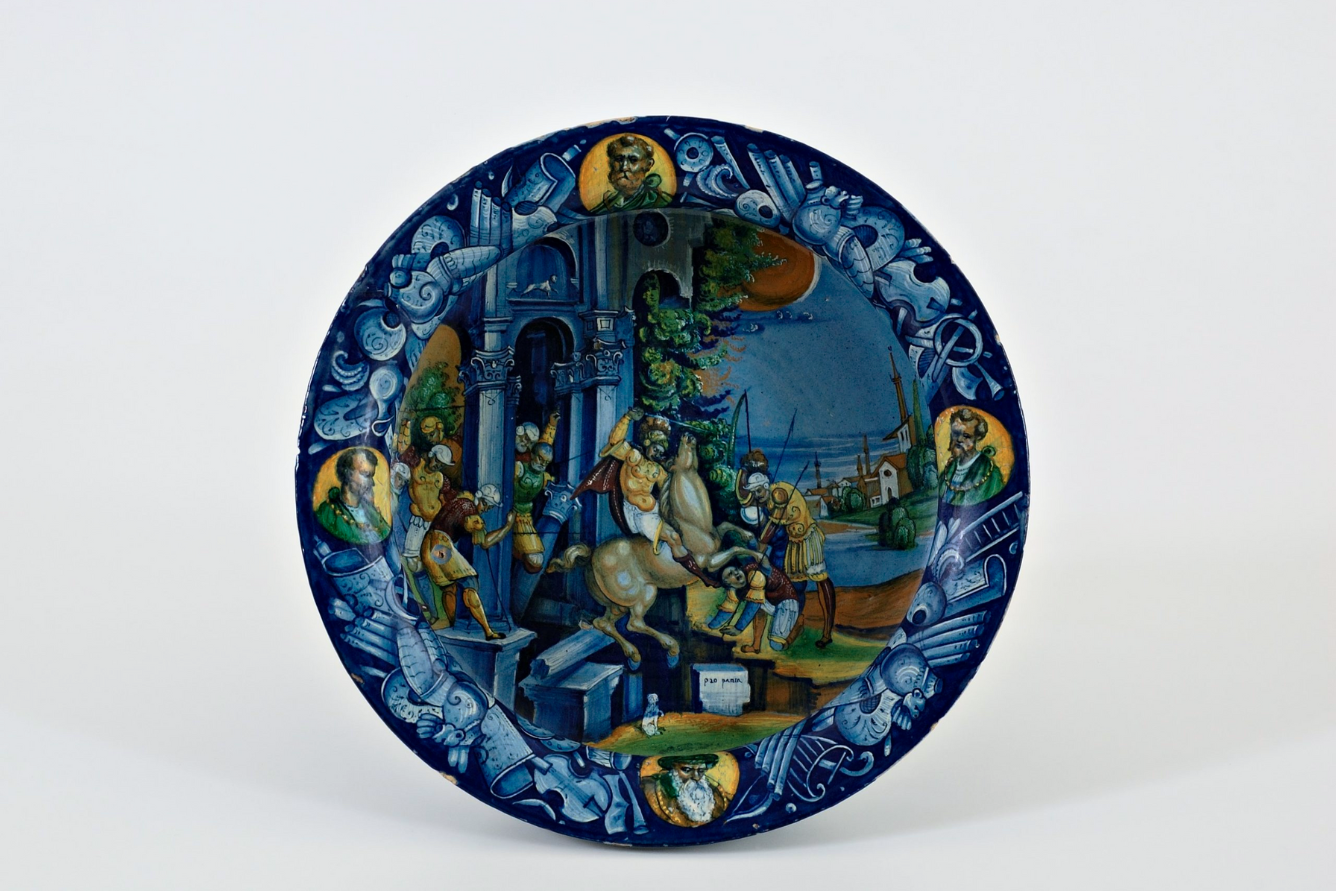
![[Photo] Cutting hills to make way for people to travel on route 14E that suffered landslides](https://vphoto.vietnam.vn/thumb/1200x675/vietnam/resource/IMAGE/2025/11/08/1762599969318_ndo_br_thiet-ke-chua-co-ten-2025-11-08t154639923-png.webp)















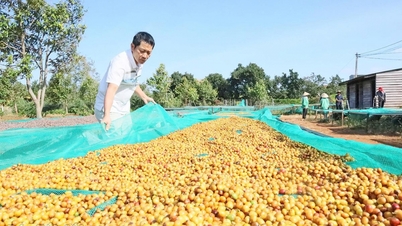

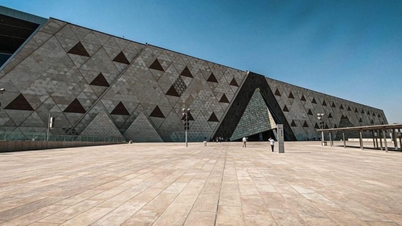























![[Video] Hue Monuments reopen to welcome visitors](https://vphoto.vietnam.vn/thumb/402x226/vietnam/resource/IMAGE/2025/11/05/1762301089171_dung01-05-43-09still013-jpg.webp)









































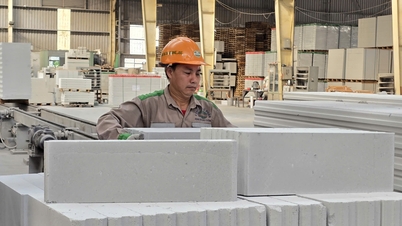































Comment (0)